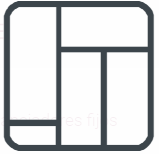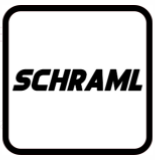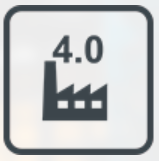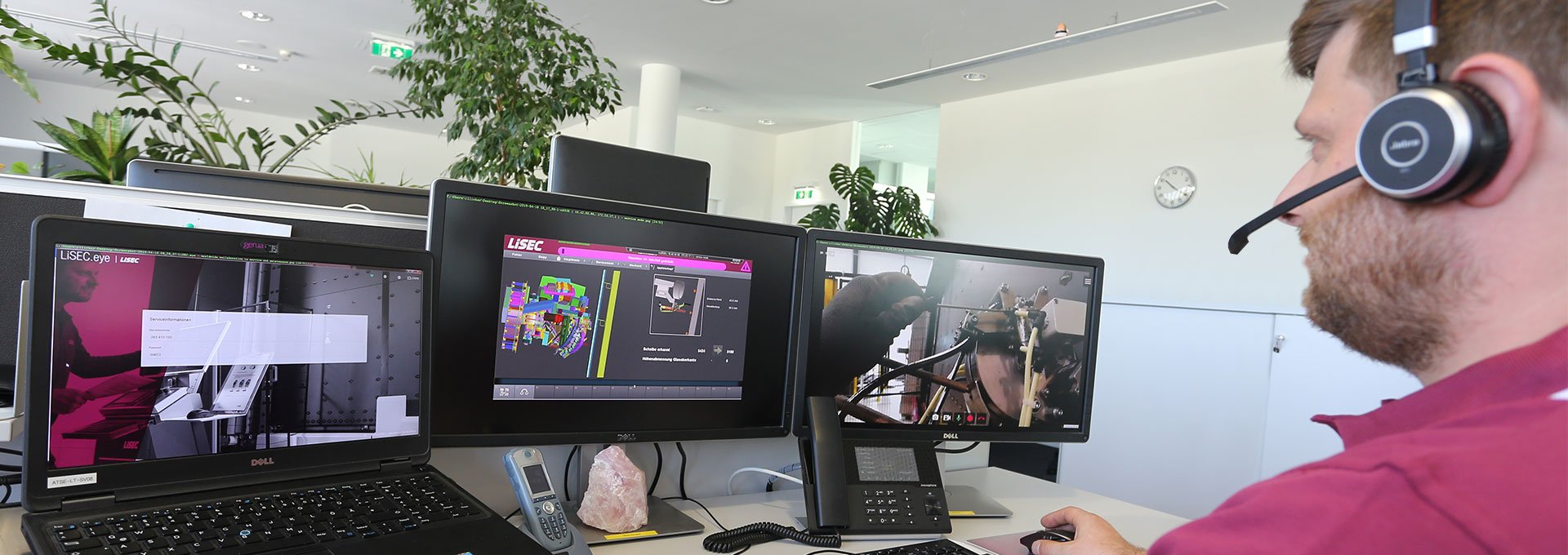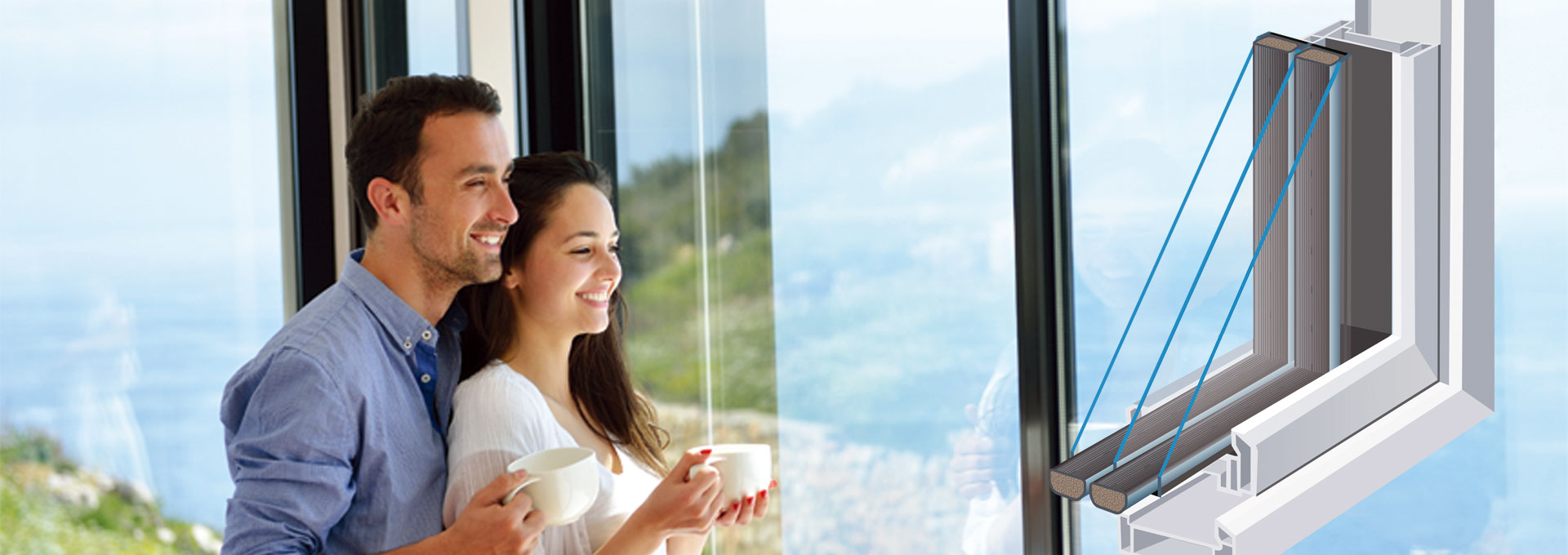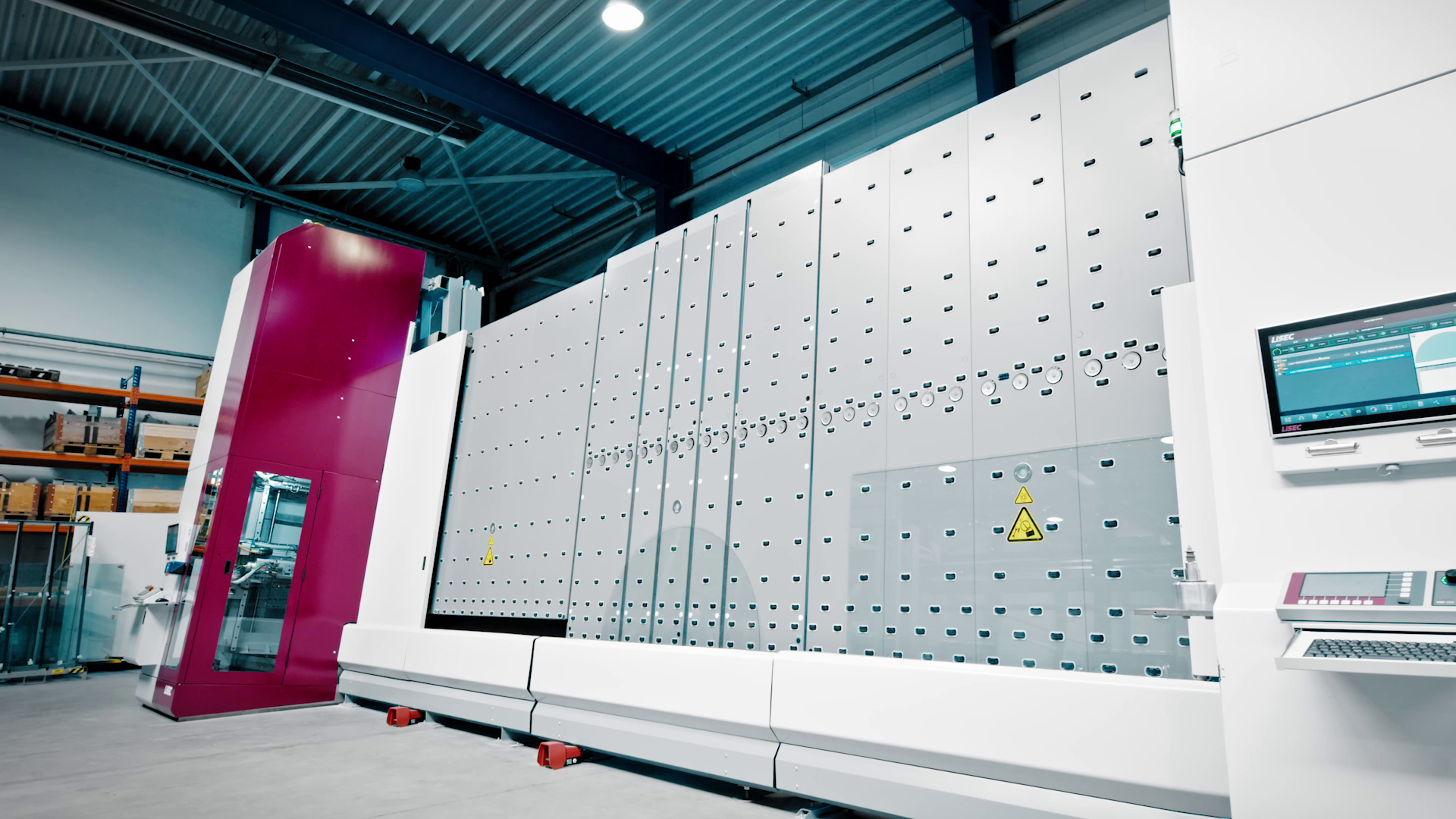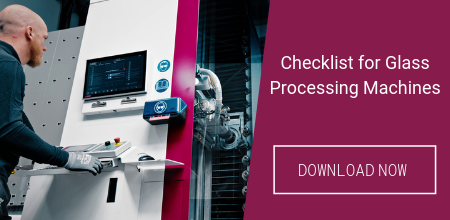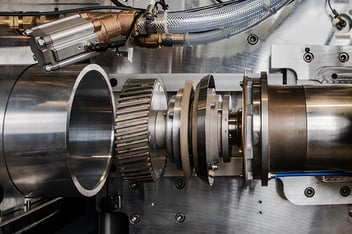Three different production concepts are currently used in flat glass production. But where high quantities and fast throughput are required, two of these concepts drop out of the race – they cannot keep up with the pace of the integrated line.
A production line with individual processing stations, an all-in-one processing station or an integrated production line – these are the alternatives that are available today in glass processing. All three concepts have their own strengths. This makes the all-in-one station particularly compact. All sorts of special processing forms can be realised on the production line. When it comes to throughput times, however, the production line is ahead of the field.
Transport costs time
A production line consisting of individual processing stations is the production format with the longest throughput time. The transport from one processing step to the next alone eats up time. Therefore, it is difficult to guarantee a real processing cycle in this procedure. This may result in further delays if the subsequent processing station is not yet available or transport delays occur. In addition, the risk of glass breakage or damage is highest here. The then necessary replacement production further increases the throughput time.
With an all-in-one processing station, there are no time-consuming transports. However, the individual processing steps are serial – one workpiece occupies the station until all procedures have been executed one after the other.
The integrated production line differs fundamentally from this. Here the edge grinding machine, drilling and milling centre and a washing machine are arranged in a row, the workpieces are automatically guided from one station to the next. This means that several glass sheets can pass through the machine at the same time; grinding, drilling, milling and washing are then carried out in parallel in the cycle.
Optimised for speed
The SPLITFIN production line from LiSEC is designed according to this principle. However, it is not only the processing concept that is designed for short throughput times. The individual processing stations are also optimised for maximum speed. This begins as early as the vertical edge grinding machine, which masters dimensional grinding, fine grinding and polishing. This can optionally be equipped with two grinding heads. In this case, the upper and lower edges are processed at the same time, which reduces the cycle time of rectangular discs with polished edges by up to 25 percent. With an automatic tool changer, processing can be made very flexible without the need for manual intervention, which would interrupt production.
The drilling and milling centre of the SPLITFIN line combines a water jet cutting head with a machining spindle on a vertical axis in order to also enable short cycle times. A shower door with two Mickey Mouse cut-outs and a handle hole is processed in less than 90 seconds, with polished cut-outs it takes less than 150 seconds. Again, a tool changer is integrated here, which also allows grinding and countersinking. If no cut-outs need to be drilled or milled, the sheet can skip this station with the optional vertical lift over (VLO) system. This further improves throughput.
Compared to the LiSEC All-in-One KBF station, which is engaged for between 9 and 10 minutes with a door format, the throughput per shift on the SPLITFIN system is about four times as high. The cycle time for the entire cycle is only slightly more than two and a half minutes: A door can be removed here about every 160 seconds.
Keeping an eye on the overall process
An unbeatable throughput value in production is irrelevant if subsequent processes such as tempering compensate for the short production time. But LiSEC has made provisions for this. After washing, the sheets intended for tempering are not simply transferred to intralogistics. The tempering oven can be integrated into the production line.
An automatic turning device ensures that the glass sheets are moved horizontally from the vertical SPLITFIN production line without manual intervention. The tempering oven is also designed for fast cycle times. These apply equally to coated and uncoated glass lites, and no waiting time is necessary when changing glass types.
Last but not least, unplanned downtimes also have a negative influence on the maximum possible throughput. In order to simplify and accelerate maintenance, all important mechanical assemblies are easily accessible on this production line and as far as possible in the dry area. The tempering oven is designed in such a way that no cooling of the heating zone is necessary in the event of glass breakage.
Conclusion
The fastest vertical processing machine in the world not only has the fundamentally faster concept on its side, but also benefits from individual stations optimised for high throughput. There is no need to sacrifice flexibility here: Special formats and orders of batch size 1 are just as possible as unusual processing requests, which can be produced quickly and easily with the aid of the optional tool changer.
For a business owner, the high speed is doubly worthwhile. On the one hand, because with the SPLITFIN line they can achieve a high output in relation to the area or the enclosed space. This means that the delivery capacity can be increased without having to build or rent new production space.
On the other hand, because more workpieces per shift are directly reflected in a higher contribution margin. This is because the personnel requirements for operating the machine do not increase to the same extent as the turnover to be achieved due to the higher quantities.





